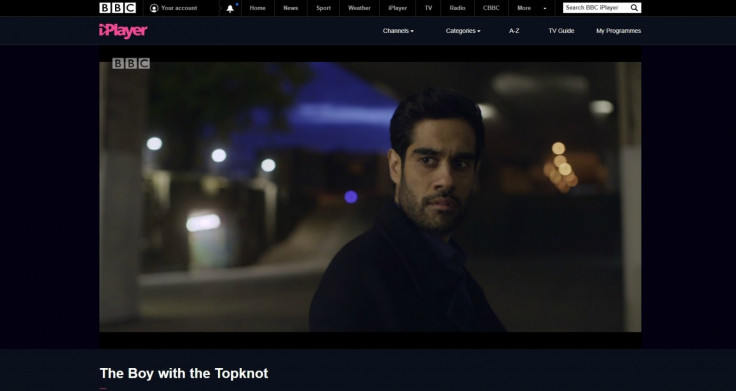The Boy With the Topknot: A brutally honest reflection on culture, family and messing things up
Based on Sathnam Sanghera's memoir of the same name, the programme aired on BBC 2 on Monday night

Sathnam Sanghera's memoir, The Top With the Topknot, was a wonderful love letter to his family and where he came from. As with many love stories, it was fraught and ultimately presented a brutally honest reflection of owning up to failing those around you.
It starts with Sanghera making huge strides in his career as a journalist and seemingly living the dream: he's deciding between interviewing Samuel L Jackson or Simon Cowell, he's about to move into a flat with his attractive blonde girlfriend, it seems like metropolitan bliss.
However, these moments are broken up by reality checks from life as a Sikh and his cultural identity. Whether it's driving back to Wolverhampton and seeing his family or an unexpected Skype call in which a relative reiterates the stigma against dating a non-Sikh (he lies to his family about his white girlfriend), Sanghera's double life feels like a huge weight that he constantly carries. Suddenly his career, his girlfriend, everything just seems like an added burden to this.
This is all up until he learns of his father's ongoing struggle with Schizophrenia, which began before he was born. Unlike my expectations of the story going in, the feeling of betrayal at this family secret is momentary – that's not the story's premise.
Instead, Sanghera becomes self-deprecating in his characterisation of himself and the narrative turns into a: question of 'How could I have failed to notice and do something my whole life?' The story quickly moves into a moving portrayal of a man realising his faults and the bravery of his mother.
The narrative then pieces together fragments about his mother. Alongside Sanghera we learn of her bravery in having an arranged marriage and caring for his schizophrenic dad. It's from this point onward themes of superstition within South Asian communities (Sanghera's aunt suggests his mother caused the schizophrenia with a curse) as well as the quiet resilience of Indian mothers and stigma against mental health are broached. I wished The Boy With the Topknot was longer, as these are all themes that could be examined forever.
Really moved by response to #TheBoyTheTopknot on @bbctwo - thankyou. Lots more info about the book here: https://t.co/4afbDThT4F. @Rethink_ do amazing work on schizophrenia - please follow them, join, donate. It remains the least understood and most stigmatised of diseases.
— Sathnam Sanghera (@Sathnam) November 14, 2017
In a moment of beautiful reconciliation, Sanghera makes his mother sit down and watch a recorded video. In it, he speaks in Punjabi prose (the first time we've seen him do so) and tells his mother how much he loves her.
Thankfully, it's not too mushy a moment as the characterisation of his mother is spot on: despite being evidently moved by what she's seen, she brushes off the compliment and then reprimands him for wasting money on a translation she could've done for free. I couldn't help but just think of my own mum, which made the scene even more close to home.
The Top With the Topknot wasn't self-indulgent as many memoir-adaptations are; it was reflective and truly honest about messing things up.






















